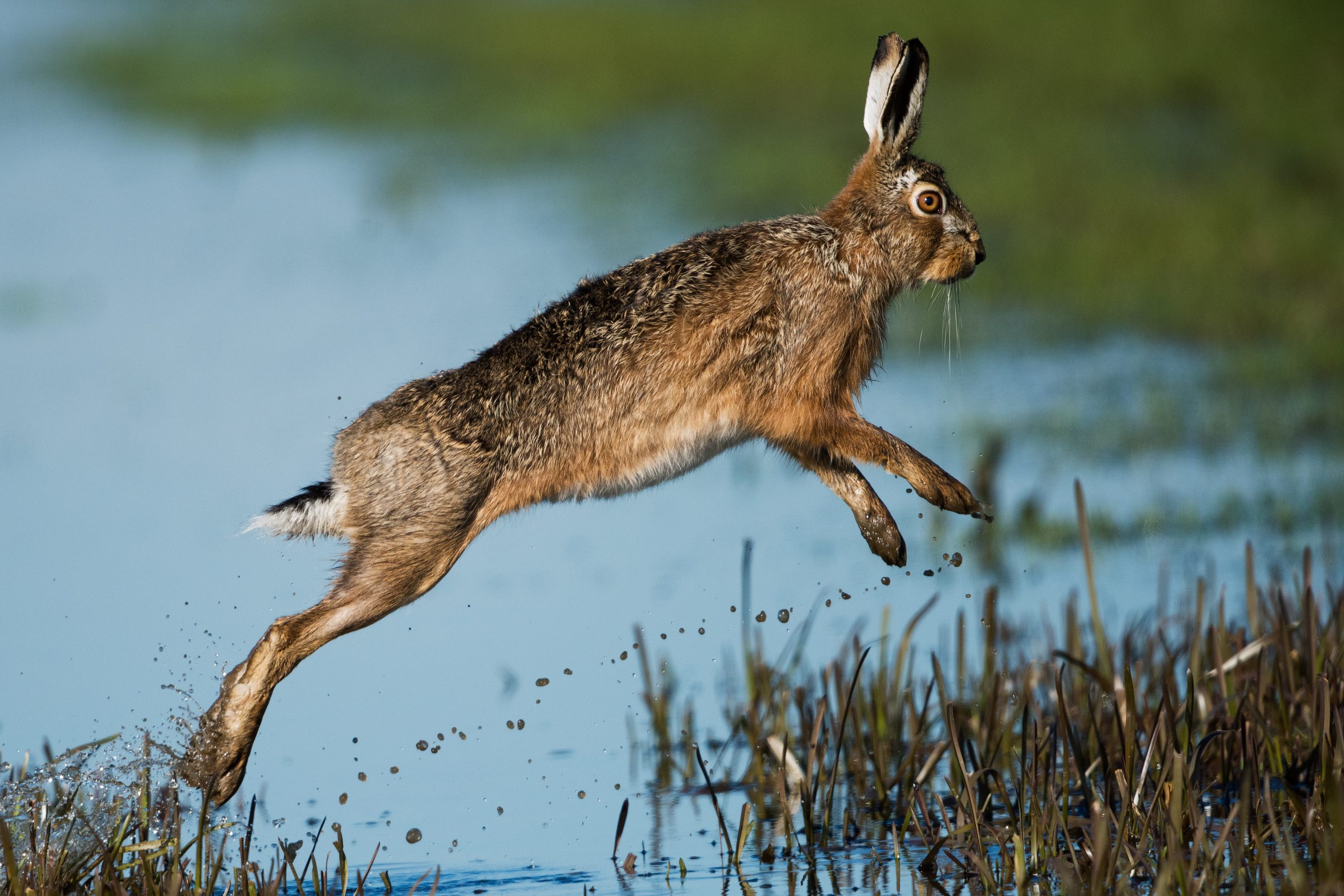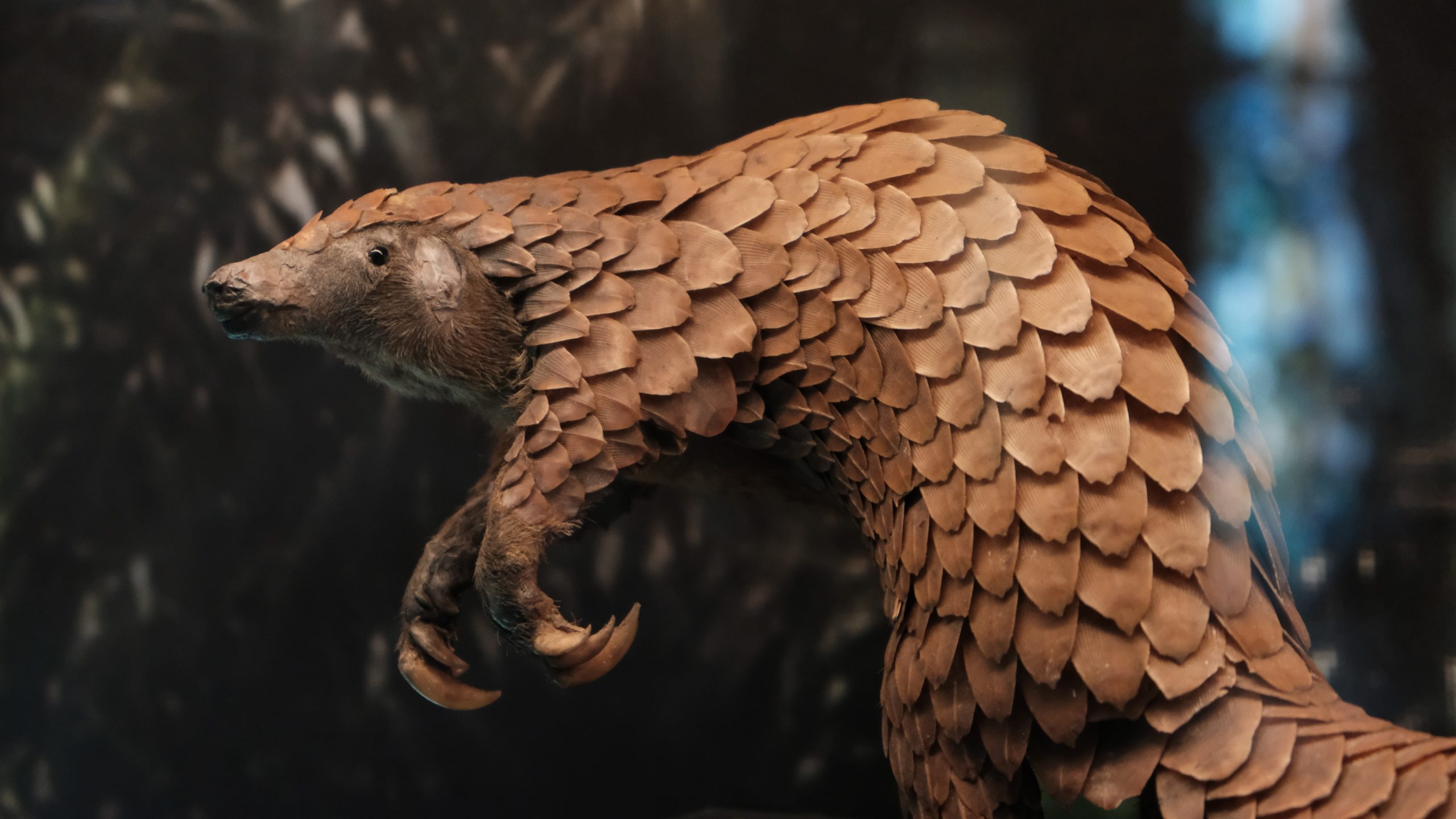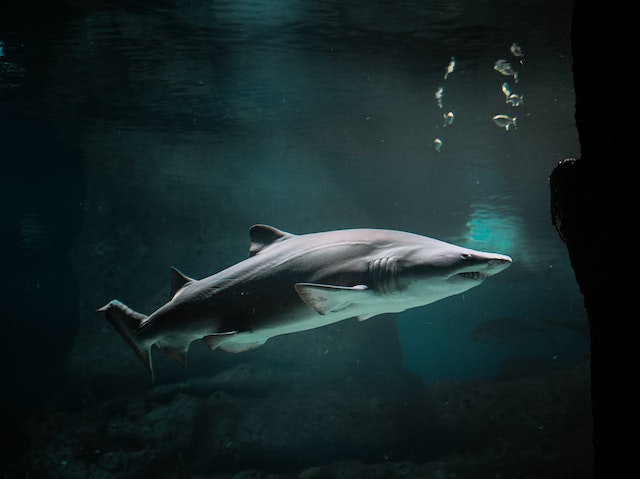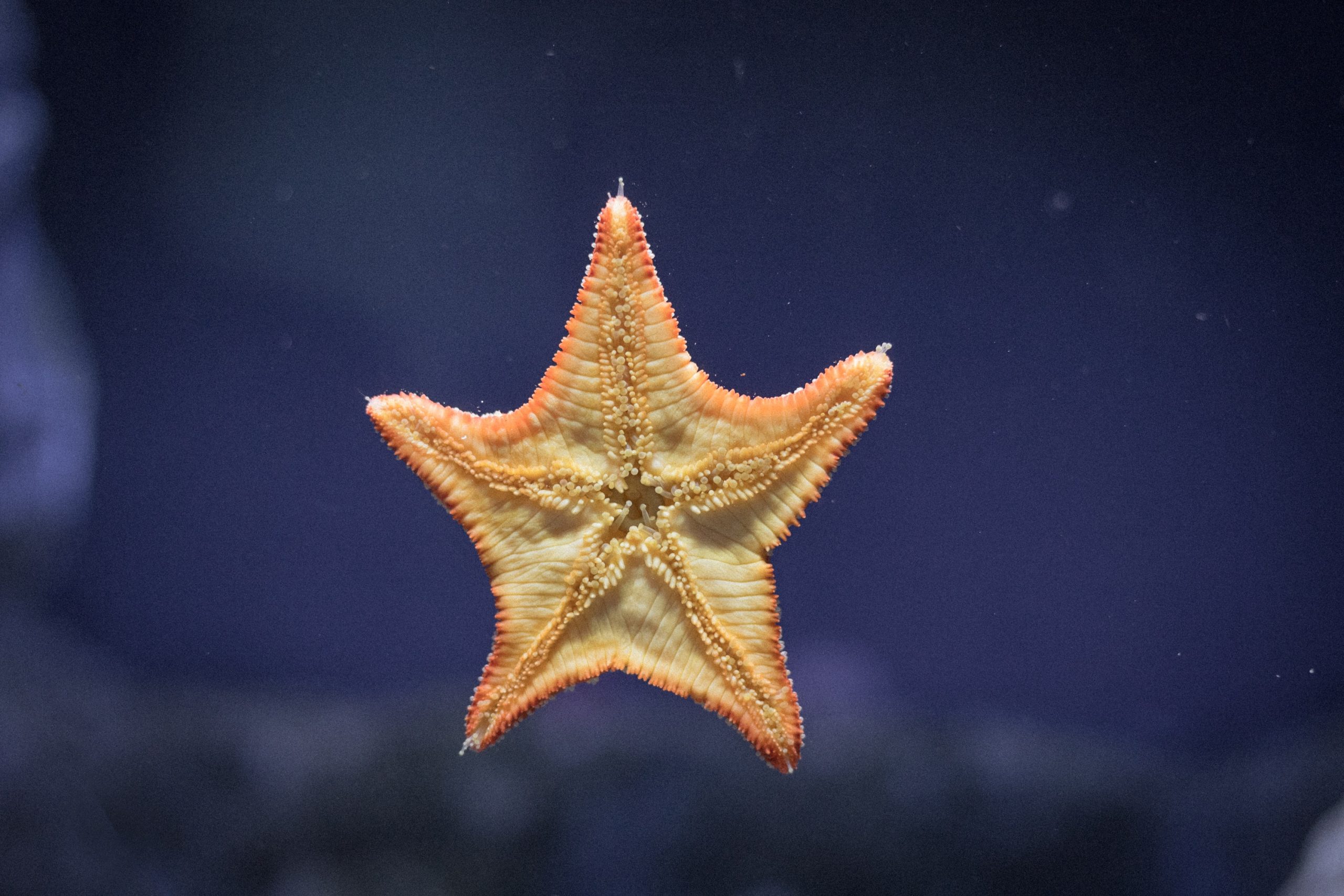Hares are fascinating animals that can be found all over the world. They are known for their long ears, powerful hind legs, and incredible speed. Here are 10 surprising facts about hares that you may not have known:
- Hares are not the same as rabbits Although hares and rabbits look similar, they are actually different species. Hares are generally larger than rabbits and have longer ears and legs.
- Hares have powerful legs Hares are built for speed, and their powerful hind legs can propel them at speeds of up to 45 miles per hour.
- They are solitary animals Unlike rabbits, hares are generally solitary animals and prefer to live alone. However, during mating season, they will come together to mate.
- Hares are excellent jumpers Hares are known for their incredible jumping ability. They can leap up to 10 feet in a single bound.
- They have keen senses Hares have excellent eyesight and hearing, which helps them avoid predators. They can also run for long distances without getting tired.
- Hares have unique digestive systems Unlike many other animals, hares have a unique digestive system that allows them to extract nutrients from their food more efficiently.
- Hares have been around for a long time Fossil evidence suggests that hares have been around for millions of years, with some species dating back to the early Miocene epoch.
- They have a unique way of communicating Hares use a variety of vocalizations and body language to communicate with each other. They also use their scent to mark their territory.
- Hares are important to many cultures Hares have played an important role in many cultures throughout history. In ancient Egypt, hares were considered sacred animals and were associated with the moon goddess.
- Hares are vulnerable to habitat loss Like many other animals, hares are vulnerable to habitat loss and other threats such as hunting and disease. It is important to protect their habitats to ensure their survival.
In conclusion, hares are fascinating animals that have many unique characteristics. From their powerful legs to their keen senses, they are well-adapted to their environment. However, it is important to remember that they are vulnerable to threats such as habitat loss and hunting, and we must work to protect them and their habitats.










